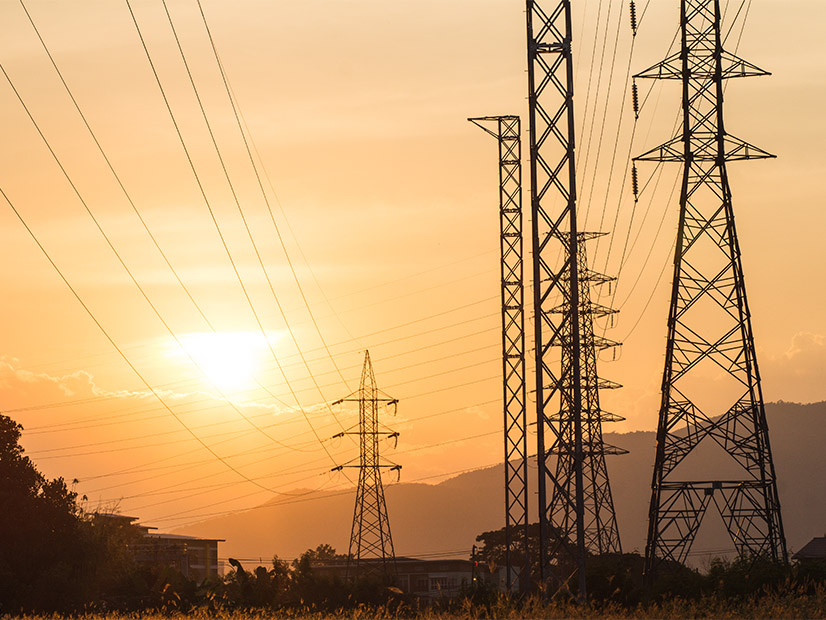
ISO-NE is starting the process of figuring out how to solve future transmission challenges raised by a study looking at the system in 2050.
The preliminary results of the 2050 Transmission Study found that “paradigm shifts” in the region’s grid could lead to overloads on as much as half of the region’s 9,000 miles of transmission lines. (See 2050 Tx Study Finds Thousands of Miles of Overloads in ISO-NE.)
In a presentation to the Planning Advisory Committee on Thursday, ISO-NE officials laid out how they plan to begin addressing those shortfalls. Its primary set of solutions would consist of adding new transmission lines, rebuilding existing lines, and adding or replacing transformers.
The grid operator would also add specific transmission elements to deal with aligned but separate needs found by 2035 and 2040, and a specific winter peak load case that sees the region using 57 GW of energy.
Dan Schwarting, an ISO-NE transmission planner, warned that the study comes with a “certain degree of uncertainty” and that “developing detailed cost estimates for each component could be very costly and time-consuming.”
The study was done at the behest of the New England States Committee on Electricity, and ISO-NE is working with the states to fine-tune its results and proposed solutions, Schwarting said.
Cape Cod Curtailments
ISO-NE’s Al McBride also presented at the PAC a new pilot study analyzing potential curtailments that could be caused by new generation, specifically big additions of offshore wind off Cape Cod and at Brayton Point.
Looking at a scenario with up to 3,200 MW of wind injected into the Cape Cod area and up to 2,000 MW into Brayton Point, the study found that “a number of lines in the area have the potential to be binding and cause curtailment.”
In particular, the 399E line, a 345-kV line from West Barnstable to Bourne, Mass., was found to be the most limiting for injecting new offshore wind on Cape Cod.
But upgrading it would just mean that other constraints upstream would become the limiting factors, the study found.
Planning for Geomagnetic Disturbances
ISO-NE also outlined its plan for meeting a NERC standard on transmission system planning for geomagnetic disturbances (GMDs).
Transmission planning engineer Jinlin Zhang presented the outline of a 2026 needs assessment project regarding NERC standard TPL-007-4.
GMDs, caused by solar flares, can introduce new currents to the grid, driving transformer cores into saturation and leading to a number of adverse effects. A nine-hour blackout in Quebec in 1989 was caused by a GMD that hit power grids across North America and Europe, according to Zhang.
ISO-NE is weighing a number of contingencies to determine how vulnerable the region’s grid is to these events, which Zhang laid out in her presentation.
